Jul 09,2025
Small equipment, big impact, an essential choice for medical safety
When it comes to the professional 'standard equipment' for medical staff, people first think of the white coat, followed by the stethoscope and mask. However, in the daily, tense, and busy medical work, there is another essential protective gear—medical gloves.
Why wear medical gloves?
According to the Journal of Hospital Infection, 40% to 60% of pathogens causing hospital infections are endogenous, 20% come from contaminated environments, and about 20% to 40% come from healthcare workers' contaminated hands. Medical staff frequently come into contact with patients' blood, secretions, excretions, and incomplete skin, which may carry infectious pathogens. A slight mistake could lead to the spread and diffusion of pathogens. Therefore, proper handwashing and wearing medical gloves have become the most basic, simplest, and effective measures to prevent and control pathogen transmission and reduce the incidence of hospital infections.
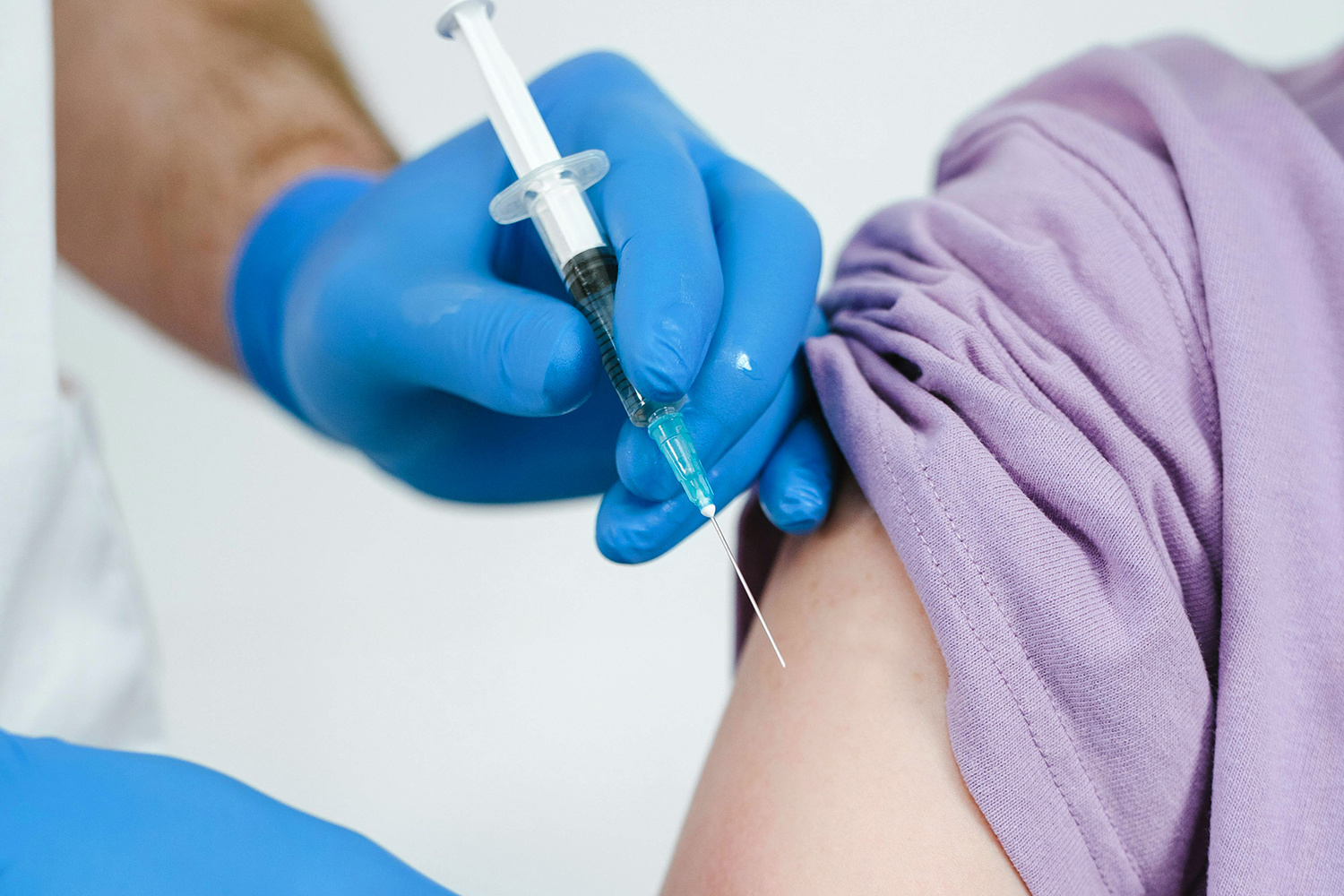
So, are all medical gloves the same? What are the differences?
How are medical gloves classified?
Medical gloves are mainly categorized into surgical gloves and examination gloves based on their application scenarios.
Surgical Gloves
Surgical gloves come in individual packaging and undergo strict sterilization processes. They perfectly fit the hand's contours, providing comfort and are widely used in various surgeries, central venous catheter insertion, total parenteral nutrition preparation, and other surgical procedures. They effectively prevent skin flakes and bacteria from spreading to open surgical wounds and stop the patient's bodily fluids from transmitting to healthcare workers, offering bidirectional biological protection for both healthcare providers and patients.
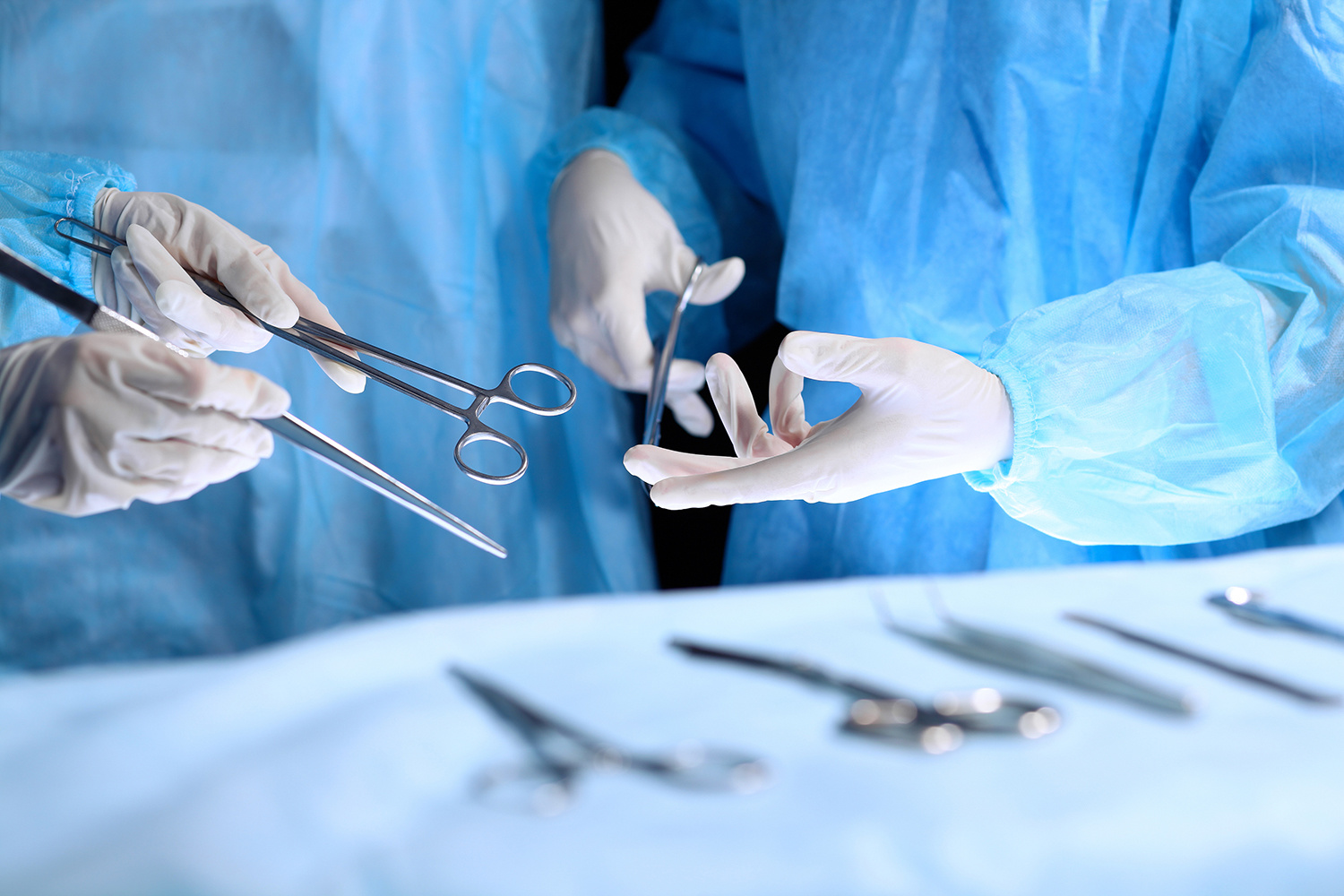
Medical examination gloves
Medical examination gloves come in two types: sterile and non-sterile. They are primarily used for examining patients' mouths or skin surfaces, directly or indirectly coming into contact with patients' blood, body fluids, secretions, excretions, and items contaminated by body fluids. These gloves are suitable for routine examinations and care, effectively preventing cross-infection between doctors and patients.
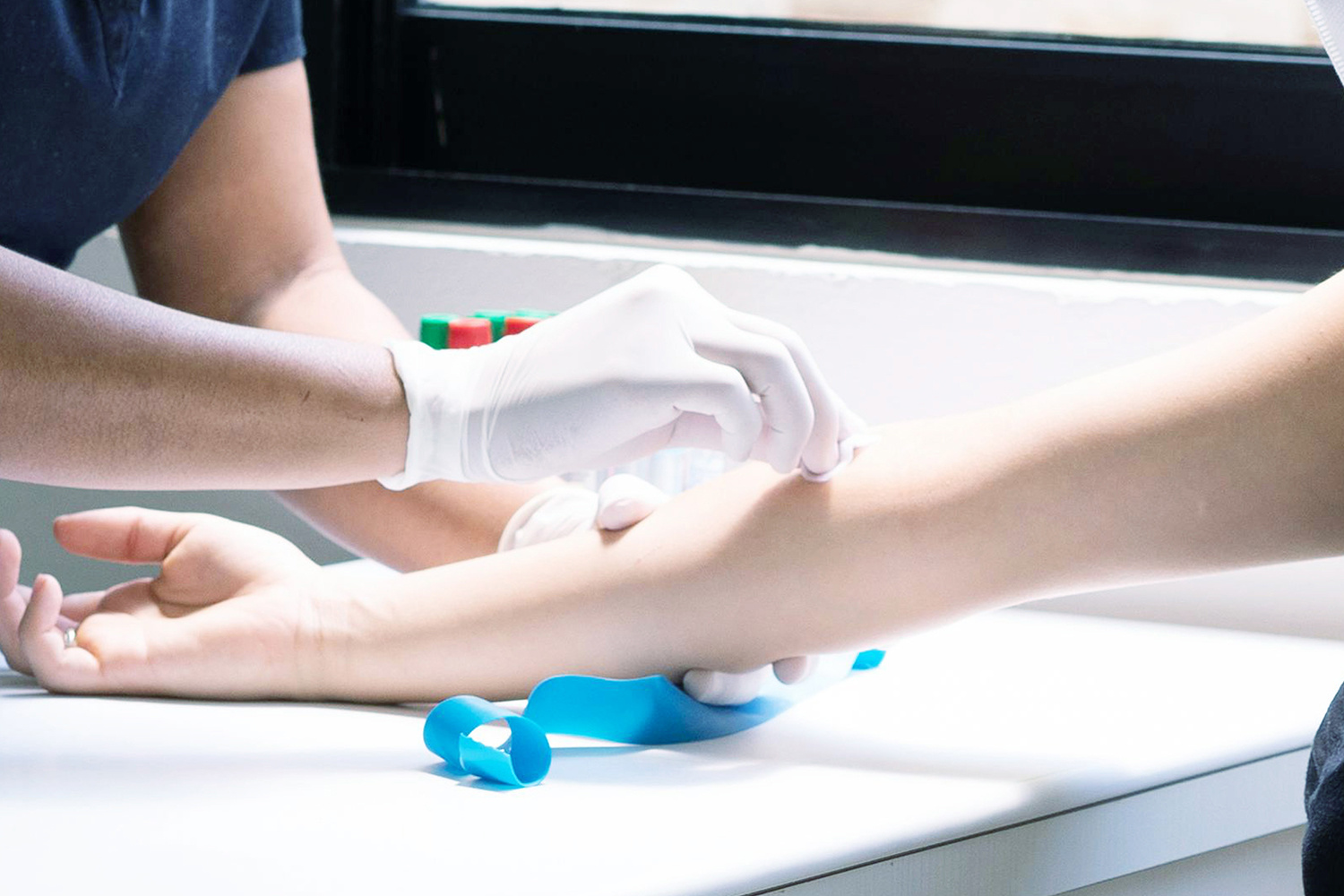
What materials are medical gloves made of?
Medical gloves can be made from various materials, including latex gloves, nitrile gloves, polyvinyl chloride (PVC) gloves, and polyethylene (PE) gloves, among others.
Latex gloves are made from natural rubber and offer excellent elasticity and flexibility, fitting snugly on hands and providing sensitive touch. However, it's important to note that the natural latex in these gloves may cause allergic reactions in some individuals.
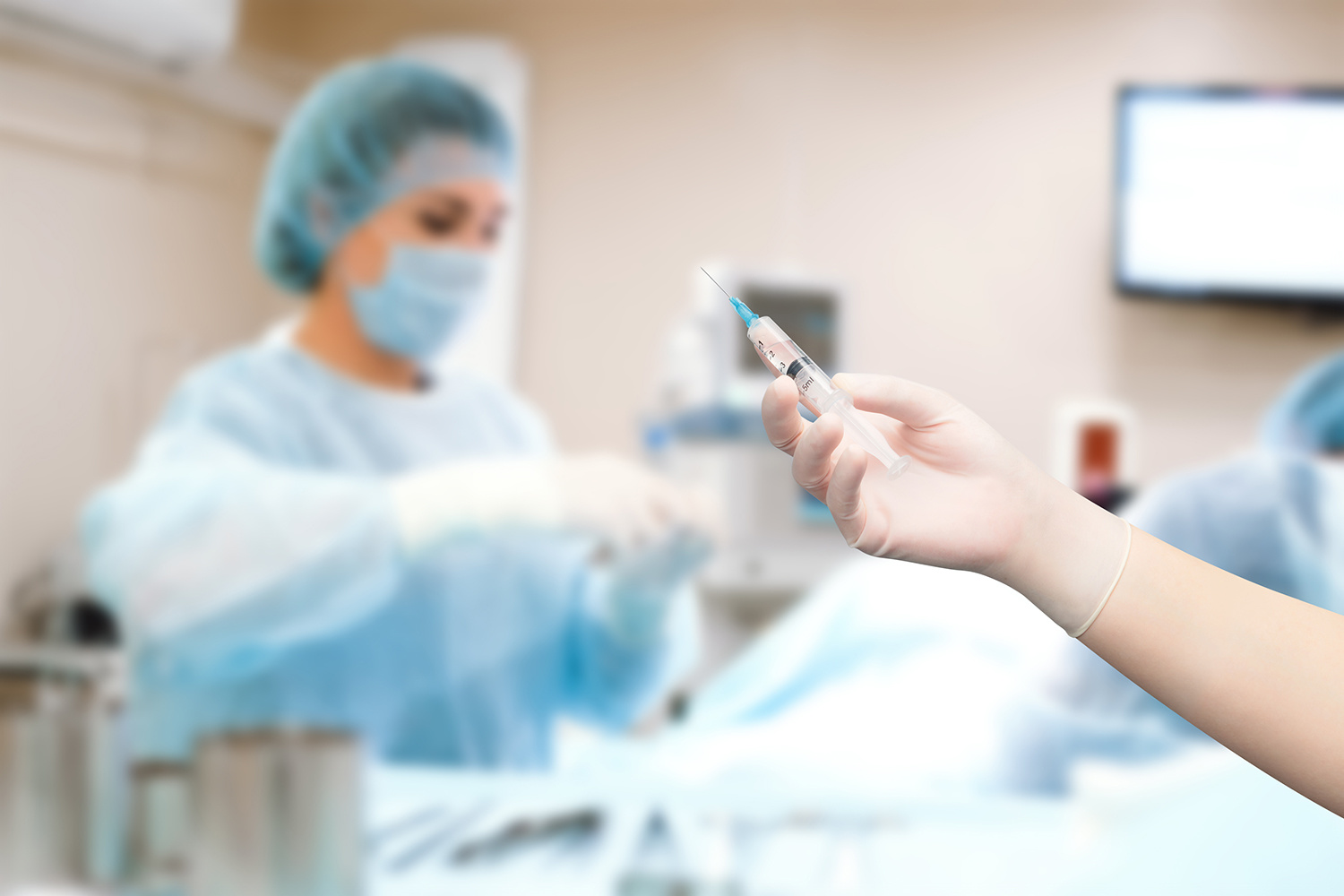
Nitrile gloves are an excellent alternative for people allergic to latex, offering outstanding bacterial penetration resistance, good acid and alkali resistance, and excellent chemical resistance. They are also flexible, sensitive, and easy to operate, along with superior durability and puncture resistance, making them widely used in medical care, medical testing, dental clinics, and other settings.
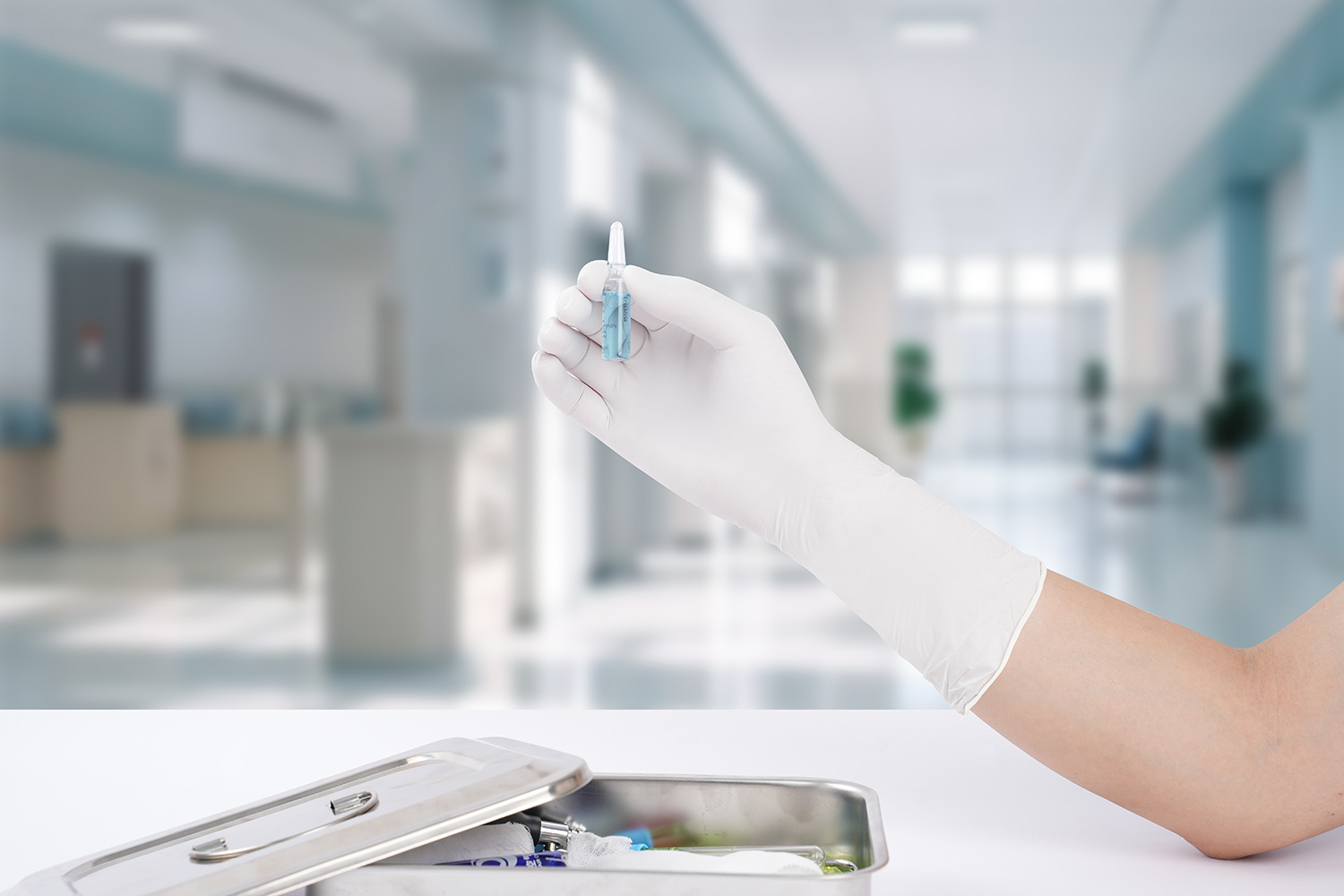
Vinyl gloves are relatively cheaper compared to latex gloves and nitrile gloves. They have good elasticity and barrier properties, and can withstand weak acids and alkalis. They are suitable for simple medical examinations and nursing procedures.
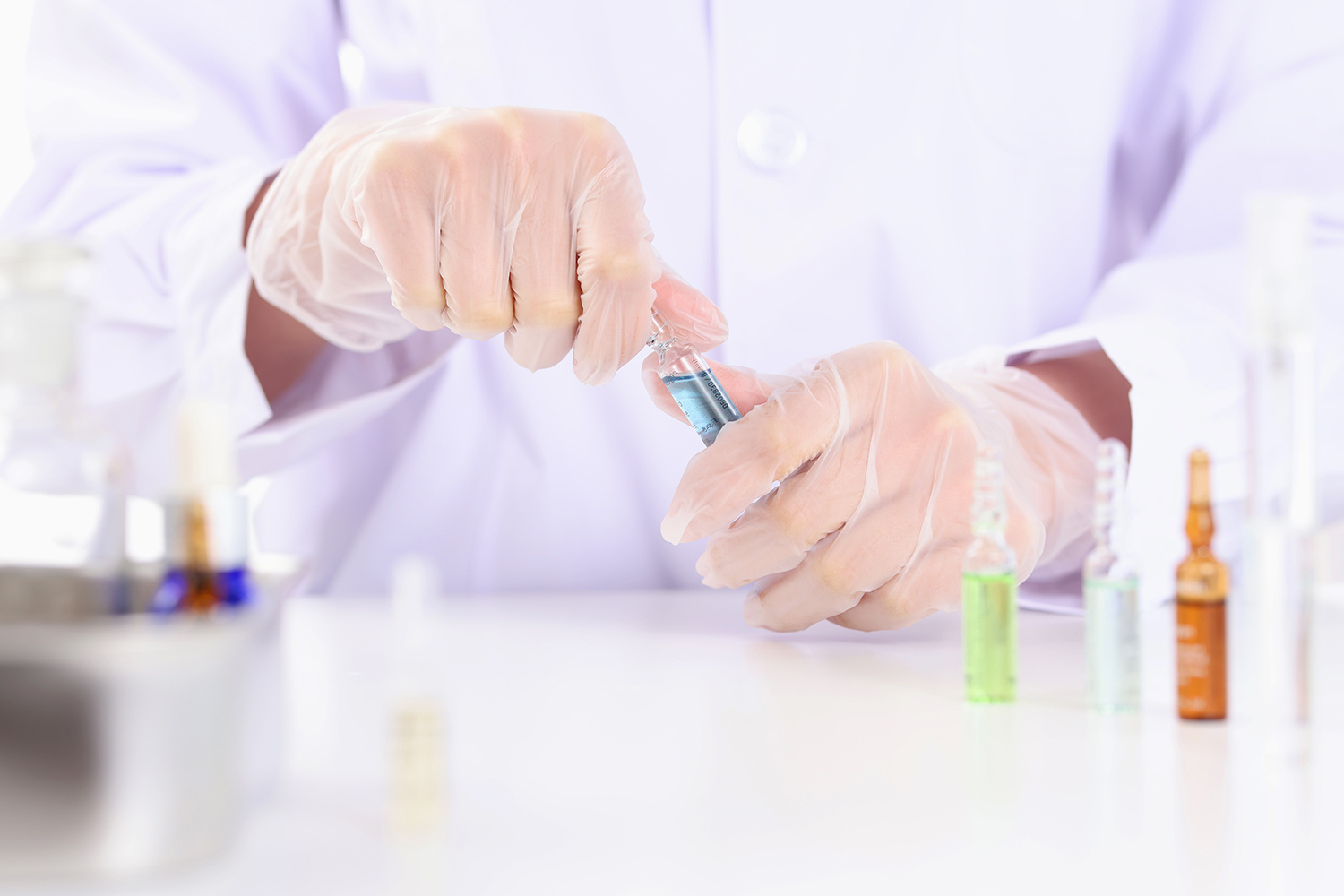
PE gloves have good waterproof properties and some elasticity. They are often used in non-critical medical scenarios and in medical environments where cost control is strict.

Medical gloves play an indispensable role in medical safety. They are not only essential assistants for healthcare workers but also strong protectors of patient health. Therefore, correctly selecting and using medical gloves is crucial for maintaining the safety of both healthcare providers and patients. Healthcare professionals should choose appropriate types and materials of gloves based on specific operational needs, such as surgery, examinations, and nursing, ensuring that the gloves fit properly and are worn correctly to maximize their protective effectiveness. Additionally, regularly changing gloves and avoiding continued use after they become damaged or contaminated is also an essential part of ensuring medical safety.
Keywords:
Hot Information
Small equipment, big impact, an essential choice for medical safety
Titans Medical's Nitrile Gloves, professional protection, safeguarding health super easy~
A good helper in the lab, do you know about it?
The correct way to operate in cleanroom—Disposable Clean Room Gloves
Medical gloves: A century-long journey from love 'catalysts' to virus 'firewalls'










